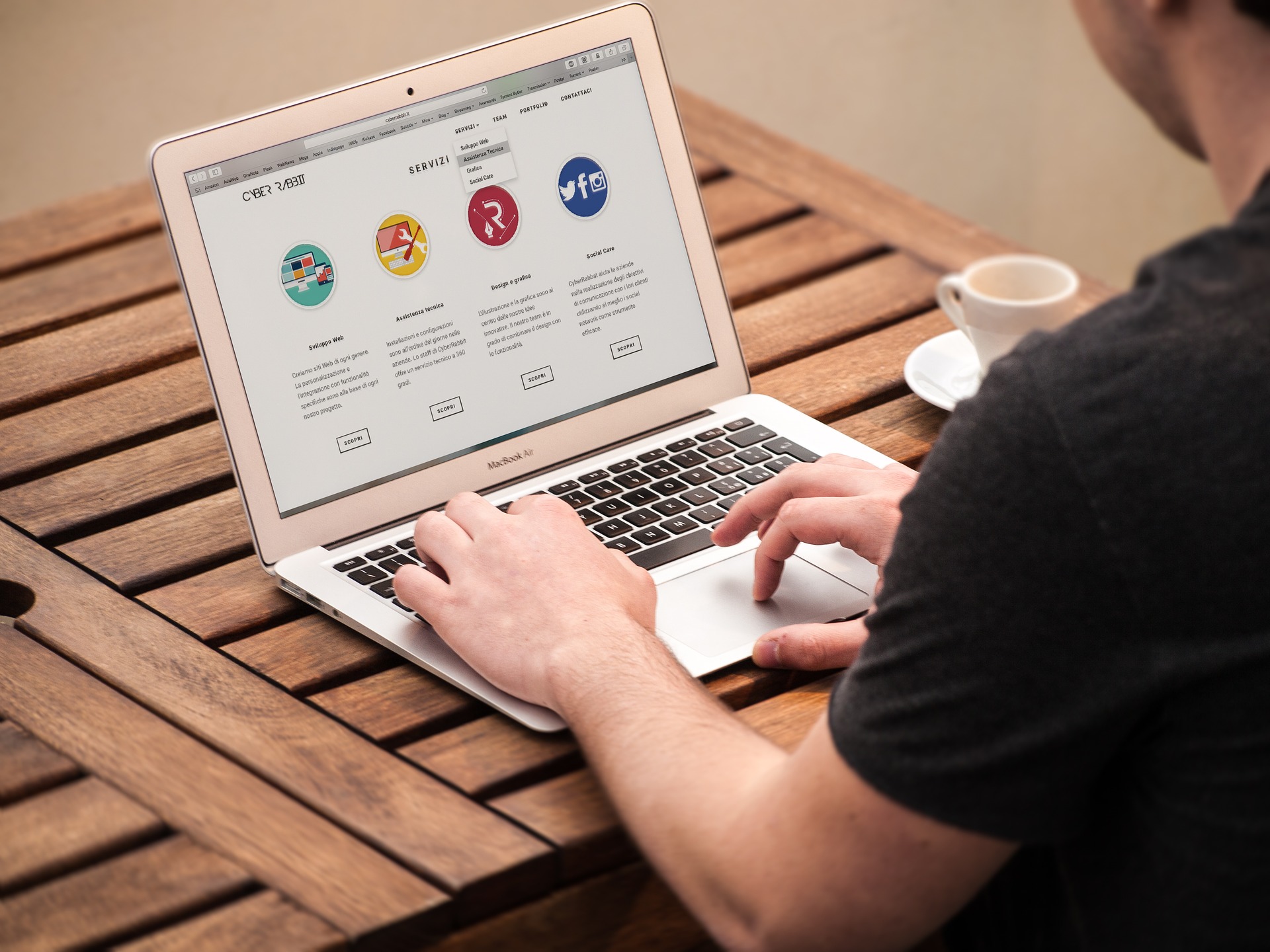
Landing pages play a pivotal role in the lead generation and conversion processes.
They enable you to highlight your brand’s value propositions, make a solid first impression to newcomers, and give them that much-needed push to convert into subscribers or paying customers.
Thanks to a plethora of drag-and-drop tools out there, getting a page up and running is easier than ever. However, creating an effective landing page that actually leads to conversions is an entirely different story.
In this post, we’ll dissect the anatomy of a perfect landing page and elaborate the elements that make or break your conversions.
Let’s get started.
1. A Clear Goal
First and foremost, you can’t create an effective landing page if you don’t know why you built it in the first place.
You don’t just add an opt-in form to your homepage — or any page for that matter — and call it a day. What you need to do is understand what your target audience wants to do and which elements are needed to help them do it.
It’s really not that complicated.
Do they want to learn a new skill? Highlight the benefits of this skill and why they should learn from you.
Are they looking for a service or product to purchase? Perhaps an explainer video would get their attention.
Answering such questions will allow you to determine the components you need on your page and how you should structure it. At the same time, it’ll also help you determine which elements only serve as distractions.
2. The Main Headline
Now that you’ve figured out your goal, you should be able to concoct a powerful headline that will capture your audience’s interest.
A rule of thumb is to make it short, concise, and full of oomph. Try to get straight to the point and be sure it’s one of the things your audience sees.
For your reference, here is an example headline from Neil Patel:
Sounds simple and thought-provoking, right?
To be fair, Neil is already a renowned thought leader — he could write “just click the button below” and people will still convert.
But on the landing page shown above, his strategy is nothing short of commendable. Not only did he immediately address the audience with the word “you,” he also focused on their goal, which is to generate more traffic.
Aside from directly addressing your audience, below are a few more tips for writing effective headlines.
Include hard numbers in the form of statistics or results to establish your credibility.
Don’t skimp on pow s like “ultimate,” “top,” and “supercharge.”
If power words don’t make sense, use negative or positive superlatives, such as “best,” “fastest,” or “worst.”
In landing pages, a subheadline only has one purpose: to empower the main headline.
Remember that, as far as main headlines go, less is more.
Packing too many words into one headline will simply look unusual and off-putting. That’s why you need a subheadline to give yourself more legroom to convince your target audience.
When it comes to writing subheadlines, you can forego whatever gimmick you have in mind and just be descriptive.
This particular subheadline from Brian Dean of Backlinko, for example, clearly explains what the audience should expect.
4. Visual Content
Some niches are so well-known that a single headline is enough to get the point across to visitors.
Other niches, however, aren’t so lucky.
If you offer a product or service that needs a full and ample explanation, then maybe an infographic or a whiteboard animation video is in order. Doing so will help you avoid intimidating your audience with thick walls of text — not to mention that visual content can increase conversion rate by up to seven times.
The good news is, you no longer need an in-house graphic designer to bring your visual content to life. Tools like Canva and Venngage, for example, can provide you with templates as well as a drag-and-drop interface to help you design infographics within minutes.
Simple whiteboard animations, on the other hand, can be produced with tools like VideoScribe and Animatron. While both are paid, you can take advantage of their free trial versions to be familiar with what they can do.
5. The Call to Action
After piquing your audience’s interest, it’s time to take them to the next step.
That’s what the call to action or CTA is for.
A typical strategy is to use a CTA button that tells the audience exactly what will happen. Proper positioning and color choices are important here — you need your CTA button to be as visible as possible if you want to secure those clicks.
Below is an example of a well-executed CTA button from Moz:
Remember, a CTA must be action-oriented and focused on the value that the audience will get. Introduce the sense of urgency and avoid words that cause friction — intentionally or not.
“Submit,” for example, indicates that the user may have to complete a registration form in order to get the value you promised.
To make the conversion process buttery smooth, use frictionless words like “get,” “start,” or “learn.”
6. Fast Loading Speed
Finally, a landing page’s loading speed is one of the factors that web designers and marketers love to overlook.
Keep in mind that speed is one of the known on-page SEO factors that can also affect your website’s conversion potential.
According to data by Kissmetrics, 40% of desktop users would immediately abandon a website that doesn’t load in 3 seconds or less; 53% of mobile users would do the same.
To improve your website’s loading speed, a popular method is to leverage a Content Delivery Network or CDN to serve cached website data from a network of proxy servers. This works by reducing the latency for users who may be accessing your site from another country.
It’s also advisable to implement compression for your images and codes with the proper tools, like Compressor.io and Minify Code.
For more instructions on how to improve your website’s loading speed, a surefire approach is to use Google PageSpeed Insights to zero in on the specific issues and unearth the necessary optimizations.
Conclusion
There you have it — the anatomy of a perfect landing page and how to use them.
Remember that even the most experienced web designers in the world won’t be able to nail the best possible landing page on their first try. What ensues would be numerous A/B tests, adjustments, and revisions that will eventually lead to success.
Just be patient and don’t forget the core landing page elements highlighted above. Good luck!






